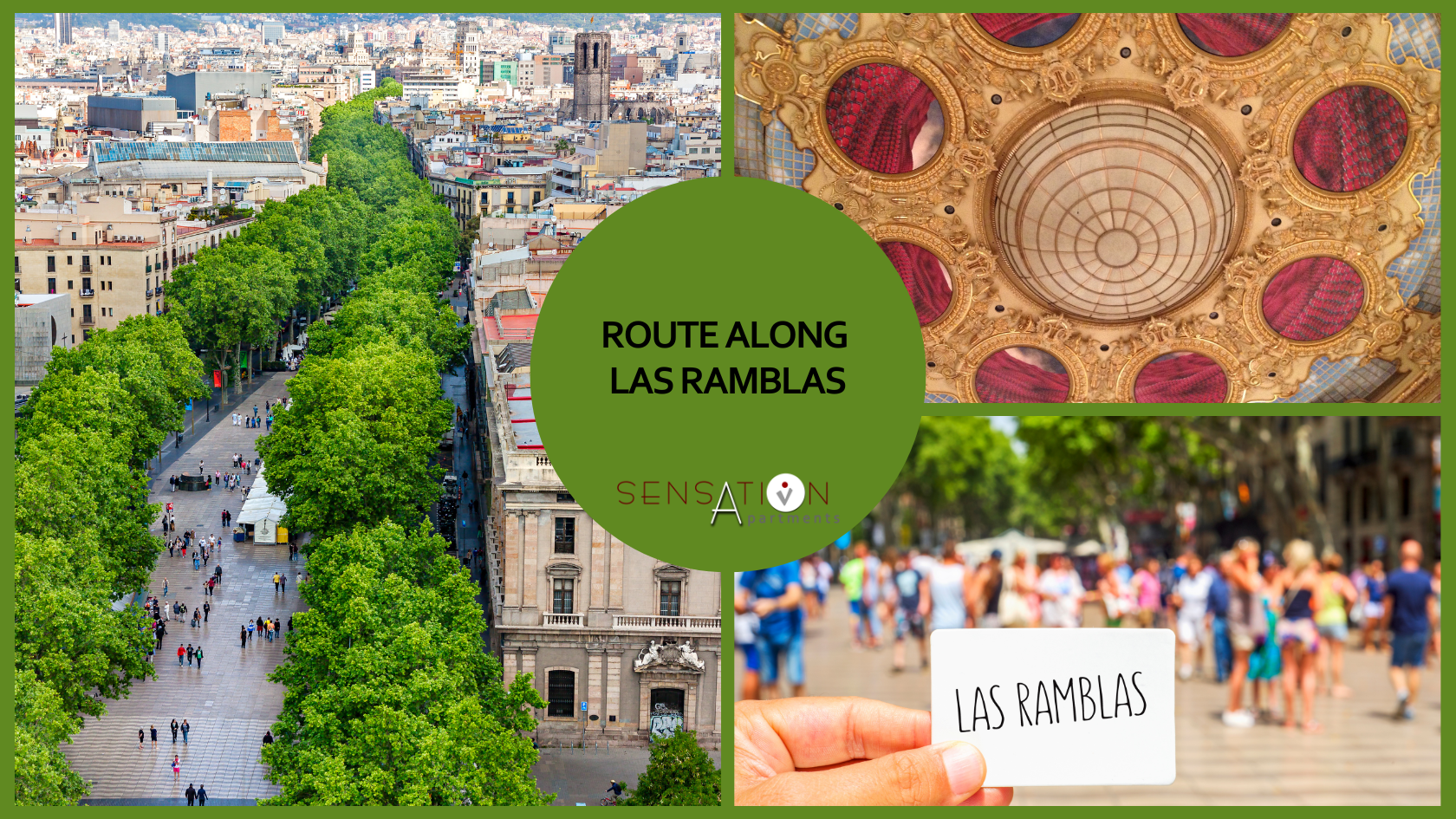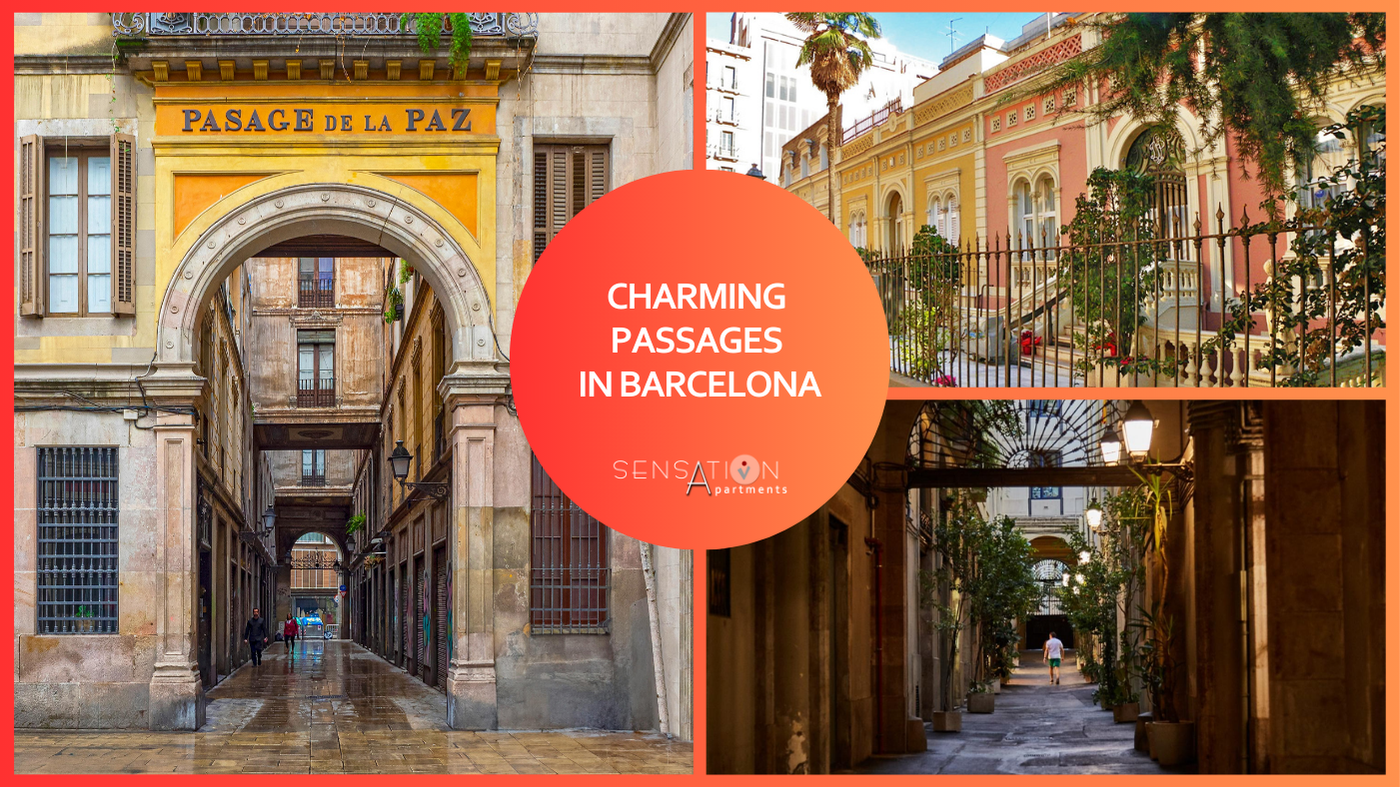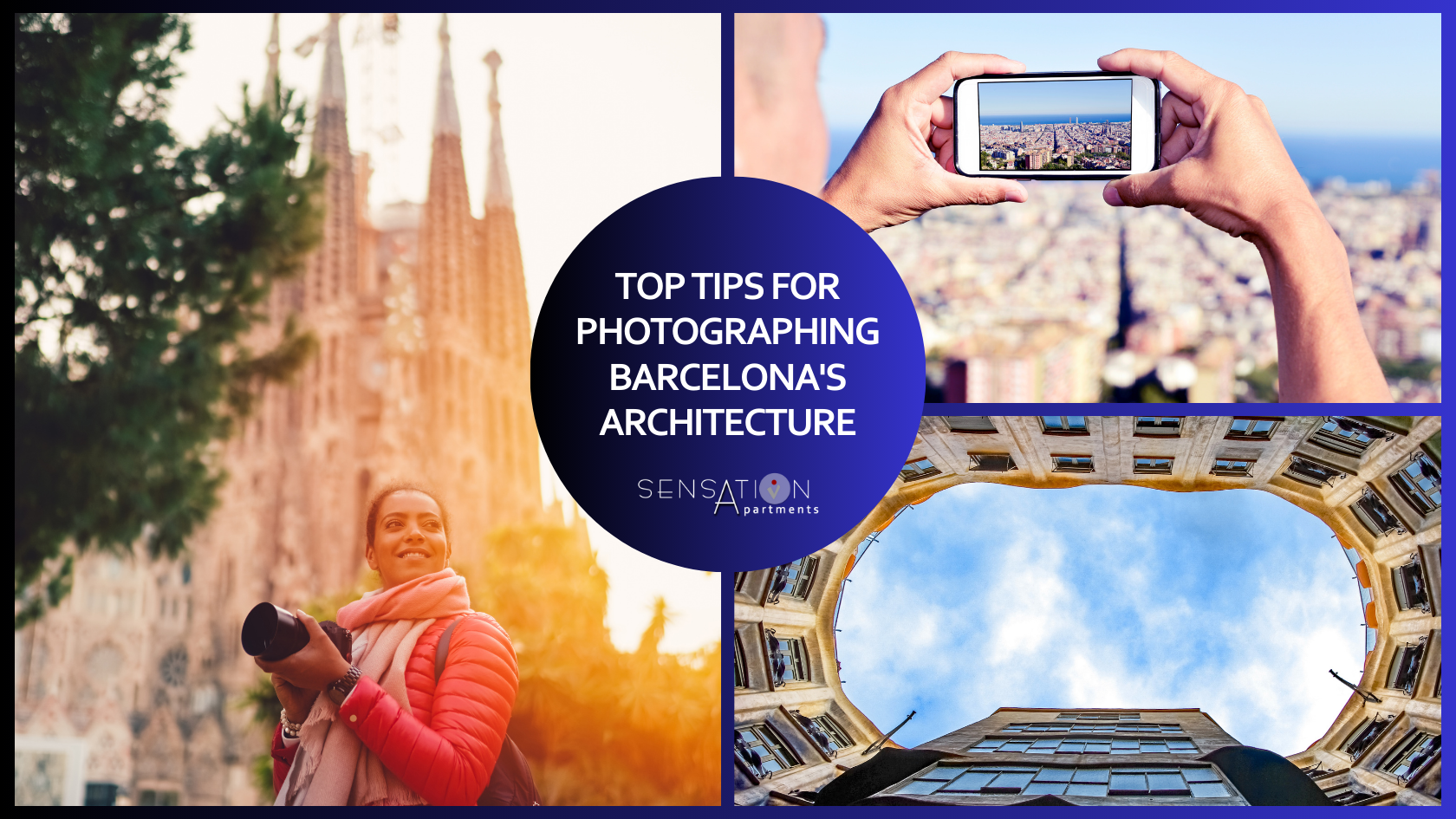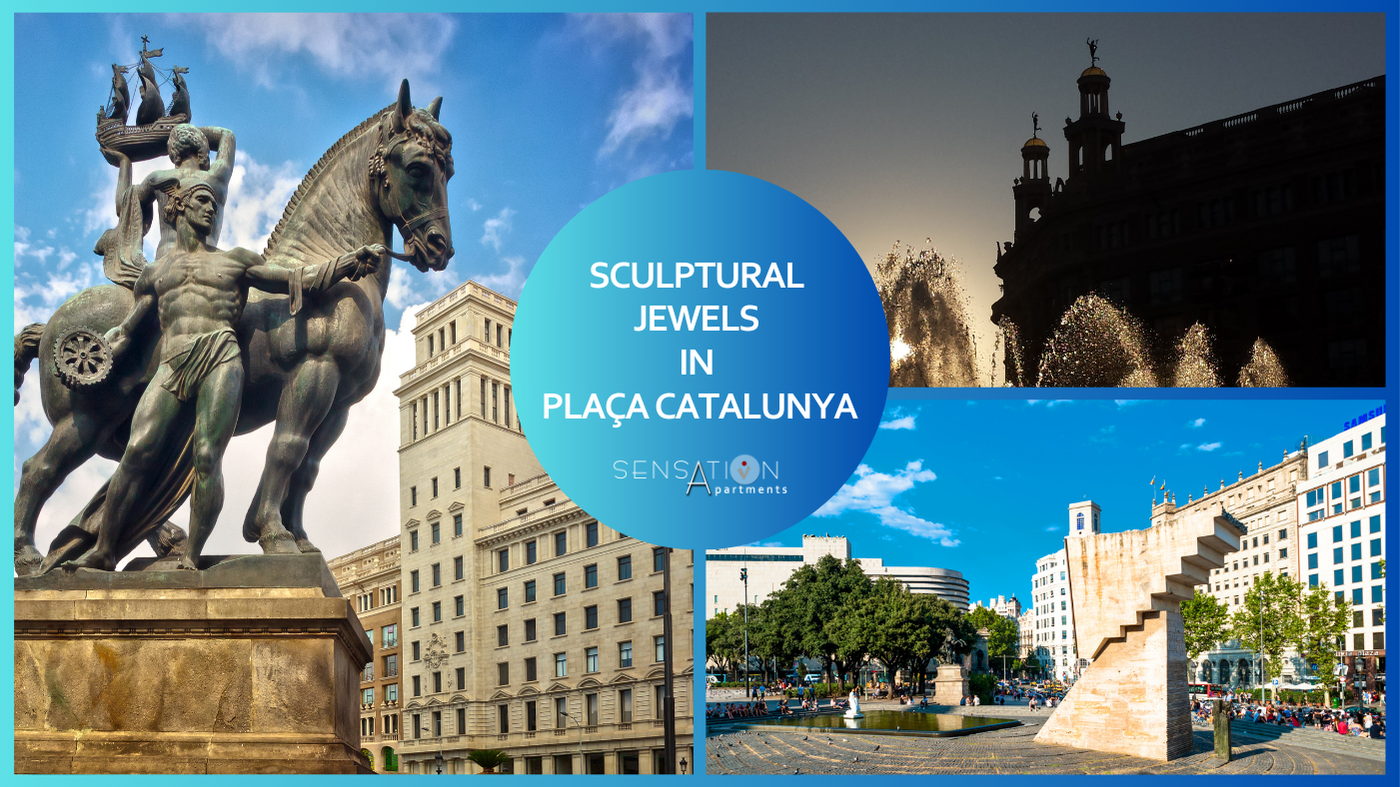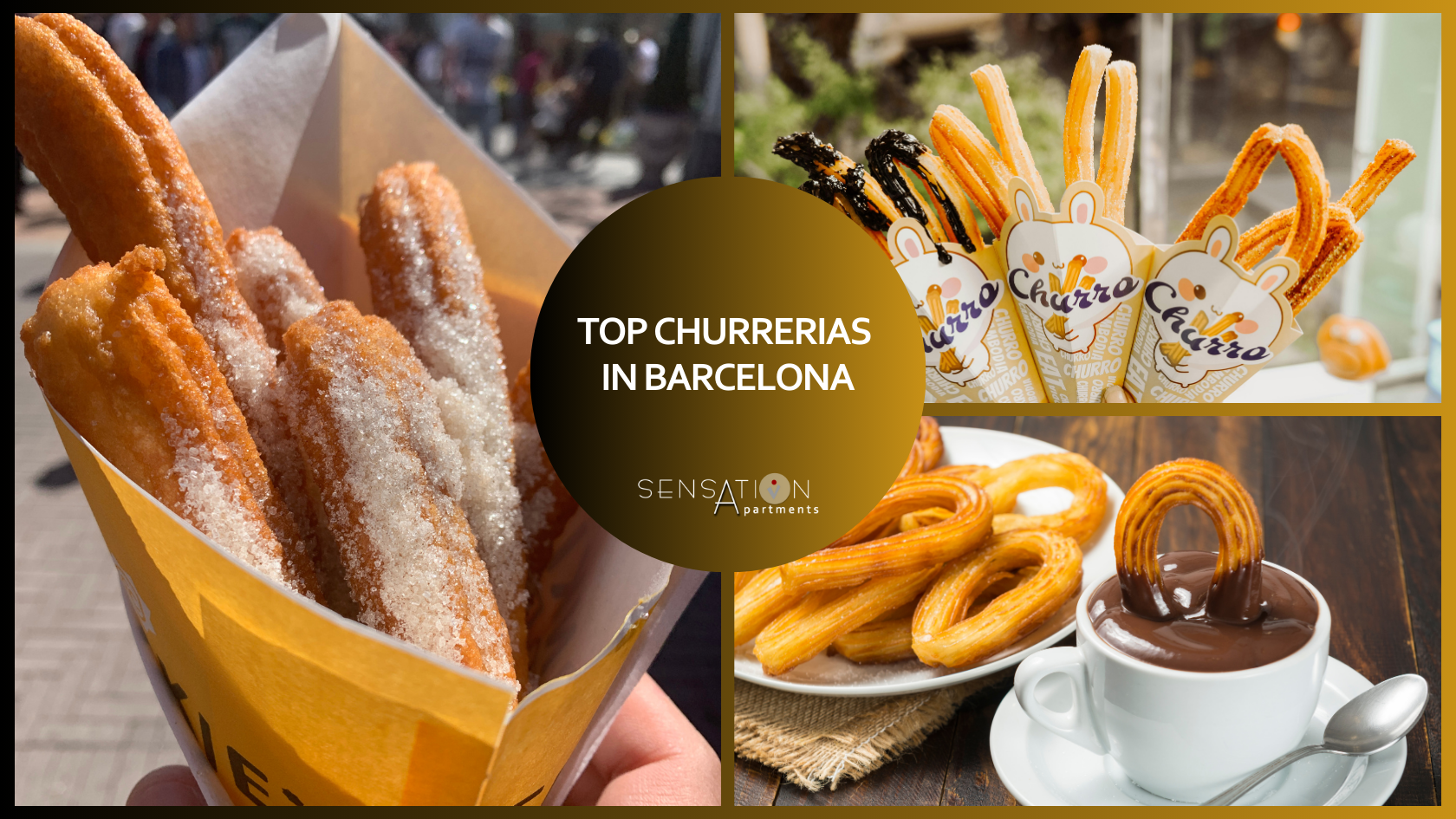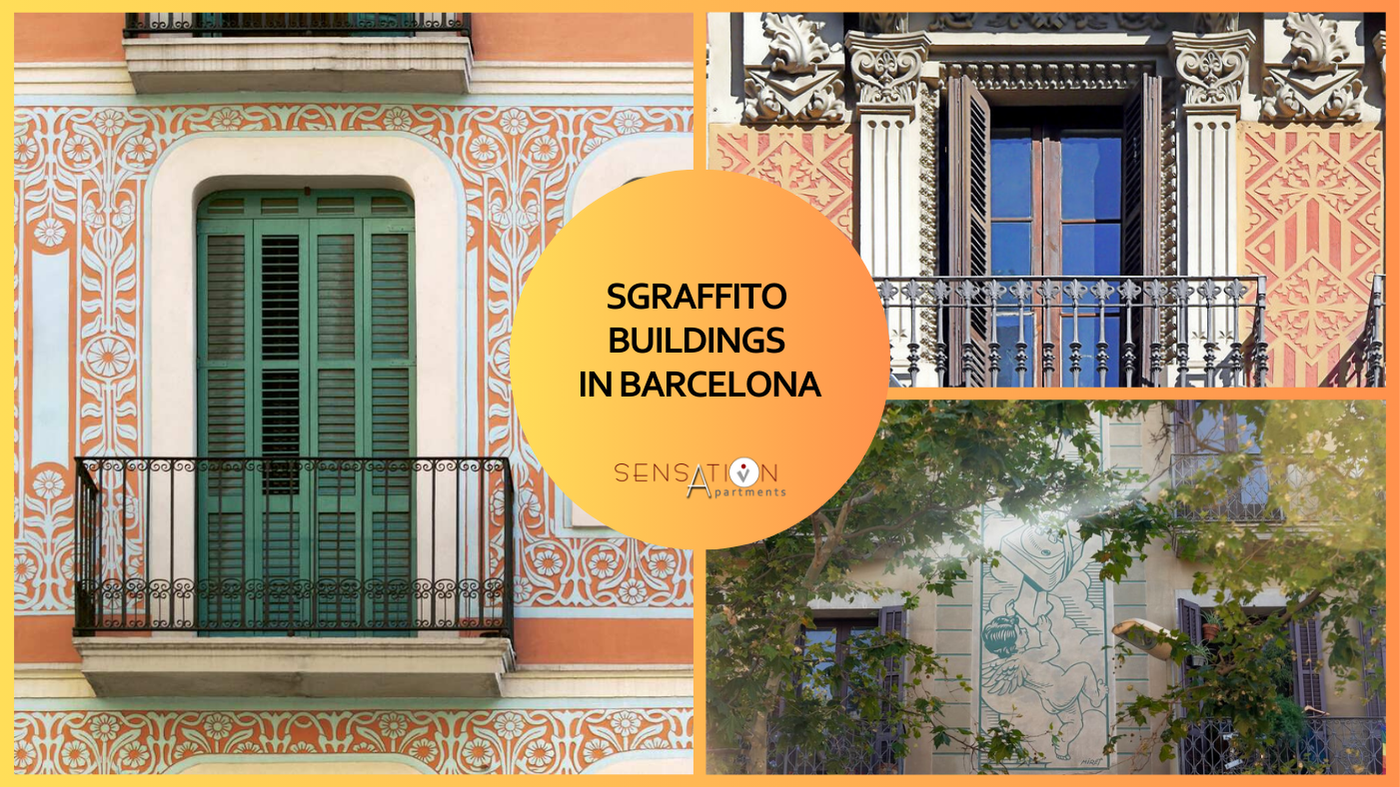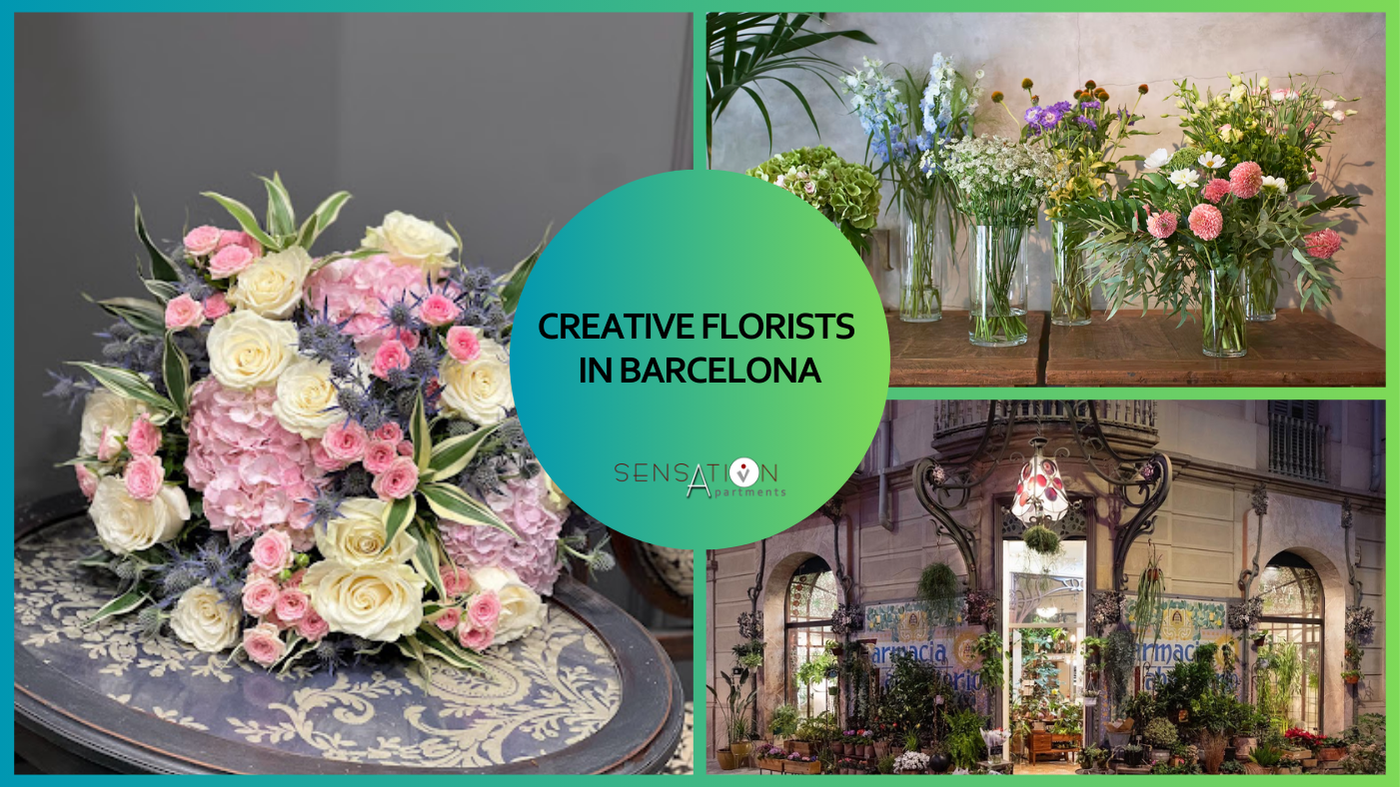On a route along Las Ramblas
Routes 15/05/2024Las Ramblas is the most iconic and bustling promenade in the city that extends from Plaza Cataluña to the port. About two kilometers long, it is a vibrant and multicultural scene, full of color, culture, street art, shops and restaurants. On Las Ramblas you can see both locals and the many visitors who stroll at any time of the day.
This long promenade is divided into several sections with different names, hence it is popularly known as “Las Ramblas”, because there are several boulevards that make it up. We are going to introduce you to each one of them so that you can walk along the avenue knowing where you are and what you can find.
If we start at the northern end, in Plaza Catalunya, the first section we find is called Rambla de Canaletas . Walking towards the port, on the right side, just before reaching Carrer Tallers, we will find the fountain that gives its name to this section. Barça fans may have heard of this fountain before, as it is very popular as the meeting place for fans of this team to celebrate victories after games. Furthermore, like in many other cities, there is also a tradition linked to this fountain that says that “anyone who drinks the waters that flow from its four streams will return to the city.”
Once we reach Carrer del Bonsuccés, on the right, or at the junction of Carrer Santa Ana and Carrer Canuda, on the left, we will have reached Rambla del Estudis . This section extends to Carrer del Carme on one side, and Portaferrisa on the other. It receives this name because in the 16th century, the Estudi General or Universitat building framed the end of this street, but in 1843 it was demolished and the section was aligned.
Here we can find the Poliorama Theater, installed in 1912 on the ground floor of the Academy of Sciences and Arts. If we continue going down, to the right, just after Carrer del Pintor Fortuny, on the corner with Carrer del Carme, is the Church of Belén, originally in baroque style, but of the previous buildings only the sides and the façade remain, since it burned twice and had to be rebuilt for the last time after the Civil War.
Just opposite, on the other side of the Rambla, is the Palau Monja, a neoclassical-style manor house bought in 1870 by the Marquis of Comillas and where the poet Jacint Verdaguer lived for 15 years as a priest and family almoner. Currently, the building houses the offices of the Department of Culture of the Generalitat of Catalonia.
Just after these two emblematic buildings, from Carrer del Carme, the most popular section begins, the Rambla de Sant Josep , also known as the Rambla de les Flors , because in the 19th century it was the only place where they were sold. flowers. Its official name is due to the fact that at this point it was where the Convent of the Discalced Carmelites of Sant Josep was located. This Rambla has different points of interest:
The Palau de la Virreina : Barcelona City Council's cultural headquarters where you can enjoy numerous exhibitions.
Beethoven House : century-old music store with a piano where Lyceum students play every Saturday.
Casa Bruno Cuadrados : an original building very representative of Catalan modernism, it is also known as the “Casa dels Paraigües”.
Museum of Erotica : the first to open in all of Spain, it is easy to identify it by the figure of Marilyn Monroe on the balcony blowing kisses to pedestrians.
Mercat de la Boquería : the most famous market in the city.
Paviment or Moisaic Miró : the well-known mosaic by the artist Joan Miró that, today, after the 17A attacks, has become a symbol of the bravery of the people of Barcelona.
Following Miró's emblematic mosaic, the Rambla dels Caputxins begins with the Gran Teatro Liceo as the main protagonist. This section receives its name from the Capuchin Convent that occupied the area in the 18th century, although it is also popularly known as the Rambla del Center because it was the first section to become a walking area for the Catalan gentry. From this rambla we can reach some important tourist places in Barcelona, such as Plaça Reial , one of the best-known meeting points on the Rambla, which can be reached by taking Carrer Colom from the left side of the promenade. Also very close we find the Palau Güell , the first important commission that Gaudí received, we can get there via Carrer Nou de la Rambla, on the right side just in front of Carrer Colom.
Finally, if we continue going down, we arrive at Plaça del Teatre where the Rambla de Santa Mónica begins . In this area are the famous caricaturists and the living statues that have inhabited La Rambla for so many years, giving personality to one of the busiest streets in the city. We can also find the Wax Museum and the Drassanes, where the current Barcelona Maritime Museum is located.
At the end of the Rambla de Santa Mónica we find the famous Columbus Monument that begins the recent Rambla de Mar , the shortest and last section of La Rambla that connects the promenade with the port. Here we will find the floating bridge that connects Plaça del Portal de la Pau with CC Maremagnum, one of the busiest leisure areas in Barcelona.
Take the complete tour and discover Las Ramblas, the soul of Barcelona!

